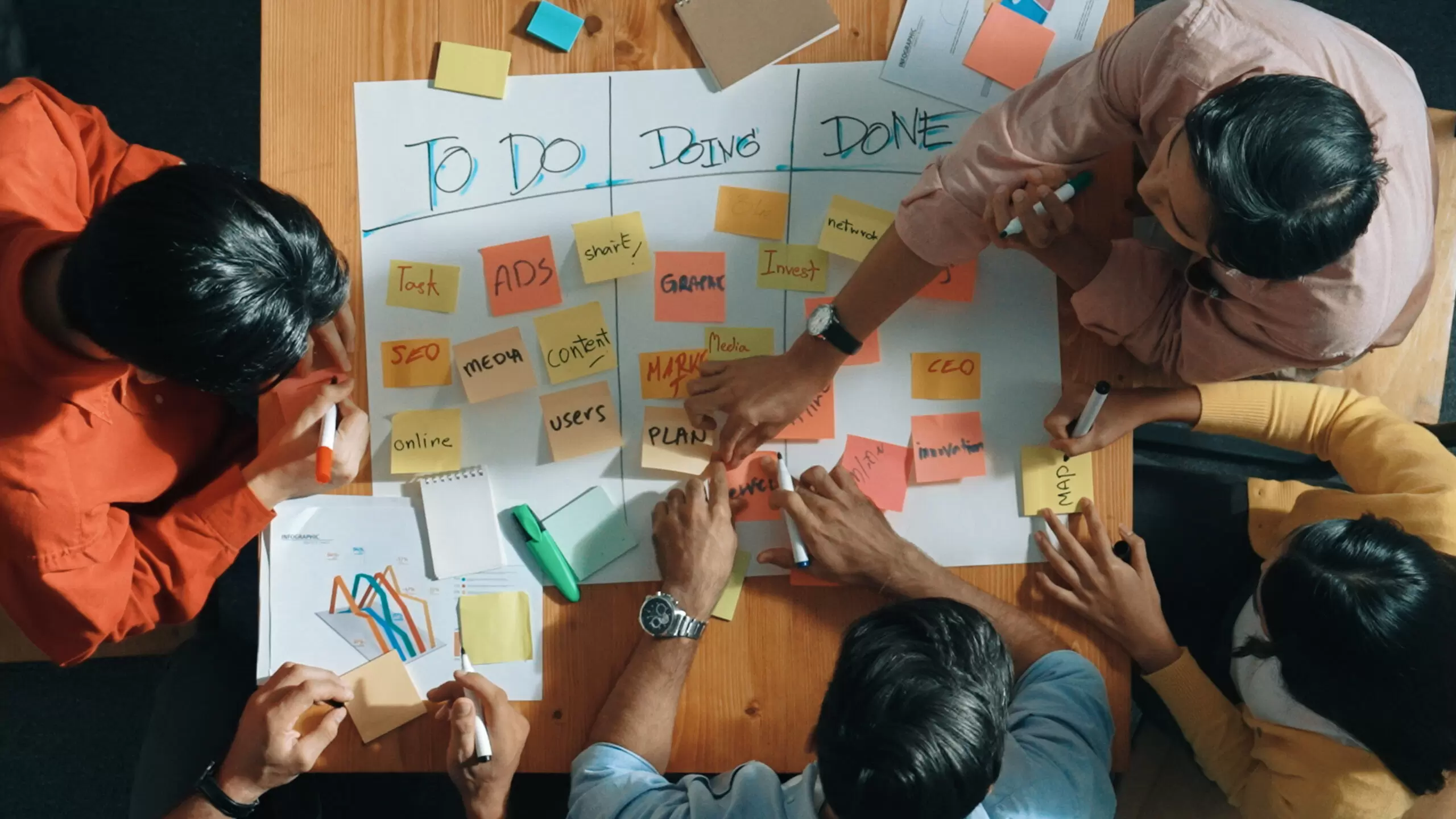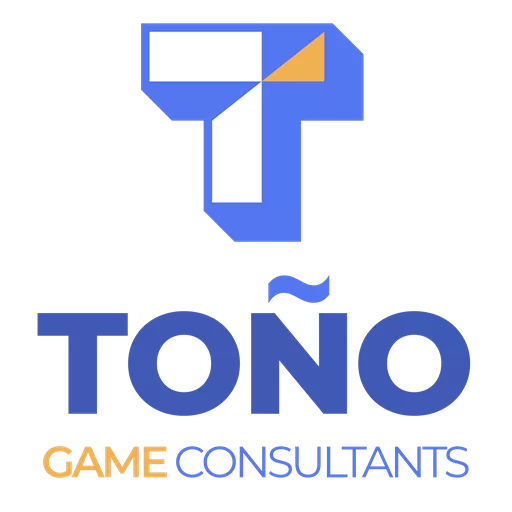When studios talk about development frameworks, Scrum and Waterfall usually take center stage. But when you’re in the final stretch of development, or firefighting stability issues post launch, neither is the perfect fit.
That’s where Kanban comes in.
Some teams use the word Scrumban to describe mixing Scrum with Kanban. In reality, most of the time this just means cherry picking rituals without understanding how either framework works as a whole. Scrum is not “heavier Kanban,” and Kanban is not “lighter Scrum.” They serve different purposes.
Kanban is the framework built for bug fixing, patching, performance improvements, and all the “last mile” work that makes a game stable.
What Is Kanban in Game Development?
Kanban is a visual workflow method that focuses on throughput, not deadlines. Unlike Scrum, there are no sprints, story points, or velocity charts. Unlike Waterfall, there are no long linear milestones.
Instead, work flows continuously from “to do” → “in progress” → “done.”
In game development, Kanban is a natural fit for stabilization tasks: bug triage, balancing, optimization, and performance testing. These don’t need business cases or heavy estimation. They just need to be fixed, fast.
Where Kanban Shines
Kanban isn’t about building shiny new features, it’s about stabilizing and polishing what already exists. In game development, that makes it a perfect complement to frameworks like Scrum and Waterfall, which focus more on features and pipelines.
Some key areas where Kanban excels:
-
QA triage: Bugs don’t need user stories, they just need fixing.
-
Launch stabilization: Last mile polish across devices and platforms.
- Mobile optimization: Mobile games face unique challenges like device fragmentation, memory limits, and performance consistency across hundreds of models. Kanban helps teams prioritize fixes that directly impact player experience, ensuring smooth launches and reliable updates across devices.
-
LiveOps and patches: Continuous small fixes that keep players engaged.
-
VFX passes: Revisiting effects like explosions, damage impacts, or environmental cues to give your game’s big moments the polish they deserve.
Without Kanban, studios often slip into chaos right when they should be locking down scope and tackling critical issues in order of priority.
How to Prioritize Work with Kanban
The heart of Kanban is prioritization. Since bug fixing never ends, the team needs a clear way to decide what to tackle first.
One system I recommend is Visibility × Reproducibility:
-
Visibility: How noticeable is the issue to players? (1 = barely noticeable, 5 = obvious every time it happens)
-
Reproducibility: How often does it occur? (1 = extremely rare, 5 = happens consistently)
Multiply the two numbers. The higher the score, the higher the priority.
Examples:
-
“Cutscene audio desyncs every time” → Visibility 4 × Reproducibility 5 = 20 (fix immediately).
-
“Particle effect flickers once in 100 playthroughs” → Visibility 1 × Reproducibility 1 = 1 (lowest priority).
For QA and stabilization, a good benchmark is to push your open issues down into single digits (≤9). That means the most visible, frequent problems are gone, leaving only rare or subtle bugs. New issues will always emerge as development continues, but this system ensures the team always tackles the most impactful problems first.
How Healthy Is Your Production?
Stabilization is just one part of production. If you’re unsure whether your team is using the right framework at the right time, take my Production Health Quiz. In just a few minutes, you’ll see where your strengths lie, and where your workflows might be holding your game back.
Why “Bug Free” Is a Myth
Anytime someone tells me a build is bug free, I immediately want to test it, and almost always find something.
The truth: bug free is fantasy. The goal isn’t perfection, it’s stability. A stable game is one where the most visible, reproducible issues are gone, and the remaining problems are so rare or subtle they don’t impact player experience.
Kanban is the framework that gets you there.
Kanban vs. Scrum (and Why “Scrumban” Fails)
Scrum is designed for building new features, with stories, estimates, and sprint goals to track progress. Kanban, by contrast, isn’t about predicting timelines, it’s about keeping work flowing, making small, fast deliveries, and knocking out priorities as they arise.
When teams mix the two haphazardly, they often fall into cargo cult practices, copying rituals without understanding why they exist. That’s when frameworks collapse, crunch escalates, and projects stall.
Kanban works best when treated as its own discipline, not a bolt-on.
Closing
Players rarely thank you for fixing bugs, but they’ll definitely notice when you don’t. Kanban gives teams the structure to handle the never ending stream of stabilization work, and keep their games alive after launch.
👉 If your studio needs help implementing the right framework for the right phase of development, I can help. Learn more about my Production Services.
FAQ
When should a studio use Kanban?
Kanban is best for QA, stabilization, patches, performance tuning and polish pass, the work that keeps the game stable, not for creating new features.
Can Kanban replace Scrum?
No. Kanban complements Scrum and Waterfall. Scrum is for new features, Waterfall for content pipelines, and Kanban for bug fixing and stabilization.
How do you prioritize work in Kanban?
Use the Visibility × Reproducibility formula to score bugs. The higher the score, the higher the priority.
Is “bug-free” realistic in games?
No. The goal isn’t perfection, but stability. Kanban helps teams reach the most stable version possible.
Is Kanban useful for mobile game development?
Absolutely. Mobile titles require frequent updates, hotfixes, and performance tuning. Kanban’s continuous flow makes it ideal for handling these tasks without waiting for a full sprint cycle.
How does Kanban improve mobile game stability?
It helps teams prioritize visible, reproducible bugs across devices, so the fixes that matter most to players reach them quickly.


